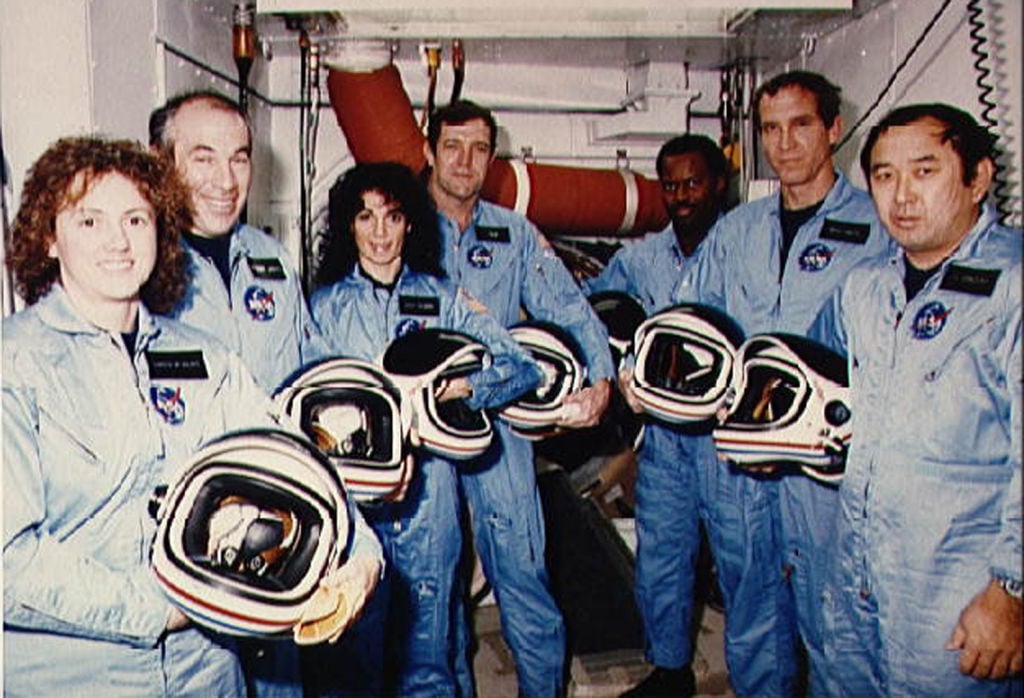At age nine, Ronald McNair was kicked out of the library for being Black. Today, that same edifice has been named in his honor.
In 1959, police were called to a segregated library when a Black 9-year-old boy trying to check out books refused to leave, after being told the library was not for Black people.
The boy, Ronald McNair, went on to became an astronaut. The library is also now named after him. pic.twitter.com/vds2OYn6RU
— AFRICAN & BLACK HISTORY (@AfricanArchives) November 24, 2022
McNair's Legacy
Throughout his lifetime, McNair was met with the ugliness of racism and even decades after his death, his perseverance against the times he lived in continues to live on.
In 1959, McNair was refused the opportunity to check out books from his local library due to segregation in the South. As a young man raised in South Carolina during this time, sadly, this type of behavior was not odd, however, McNair took a stance against the ill treatment toward him due to the color of his skin.
Rather than leaving the facility as he had been told by the librarian, a 9-year-old McNair doubled down on his desire to check out the books and sat on the counter, making the decision not to leave.
Ultimately, the police were called and they told the librarian to allow him to check out the books.
The rest is, as one would say, history.
Black Excellence
From sports to music, McNair excelled at everything he put his mind to. Therefore, it came as no surprise when he set the goal to obtain his Ph.D. 10 years after high school graduation.
After graduating from MIT, he worked at Hughes Research Laboratories located in Malibu, CA, as a staff physicist.
Per his NASA profile, McNair’s work included “the development of lasers for isotope separation and photochemistry, utilizing nonlinear interactions in low-temperature liquids and optical pumping techniques. He also conducted research on electro-optic laser modulation for satellite-to-satellite space communications, the construction of ultrafast infrared detectors, ultraviolet atmospheric remote sensing, and the scientific foundations of the martial arts.”
Making History
It was his expertise in physics, coupled with his numerous accomplishments in the field, that ultimately led NASA to select McNair from a pool of thousands of applicants to join its 1978 space shuttle program.
In 1984, he became the second Black person to fly into space.
Still Making History
Just one day after the 16th anniversary of his passing in 2011, McNair was honored at the same library that turned him away because of the color of his skin as a child.
View this post on Instagram
On Jan. 29, 2011, the building was renamed the Ronald McNair Life History Center.
It features history detailing his life up until his untimely passing in 1986 when he was among the seven people who died after the Space Shuttle Challenger exploded shortly following takeoff over the Atlantic Ocean.

